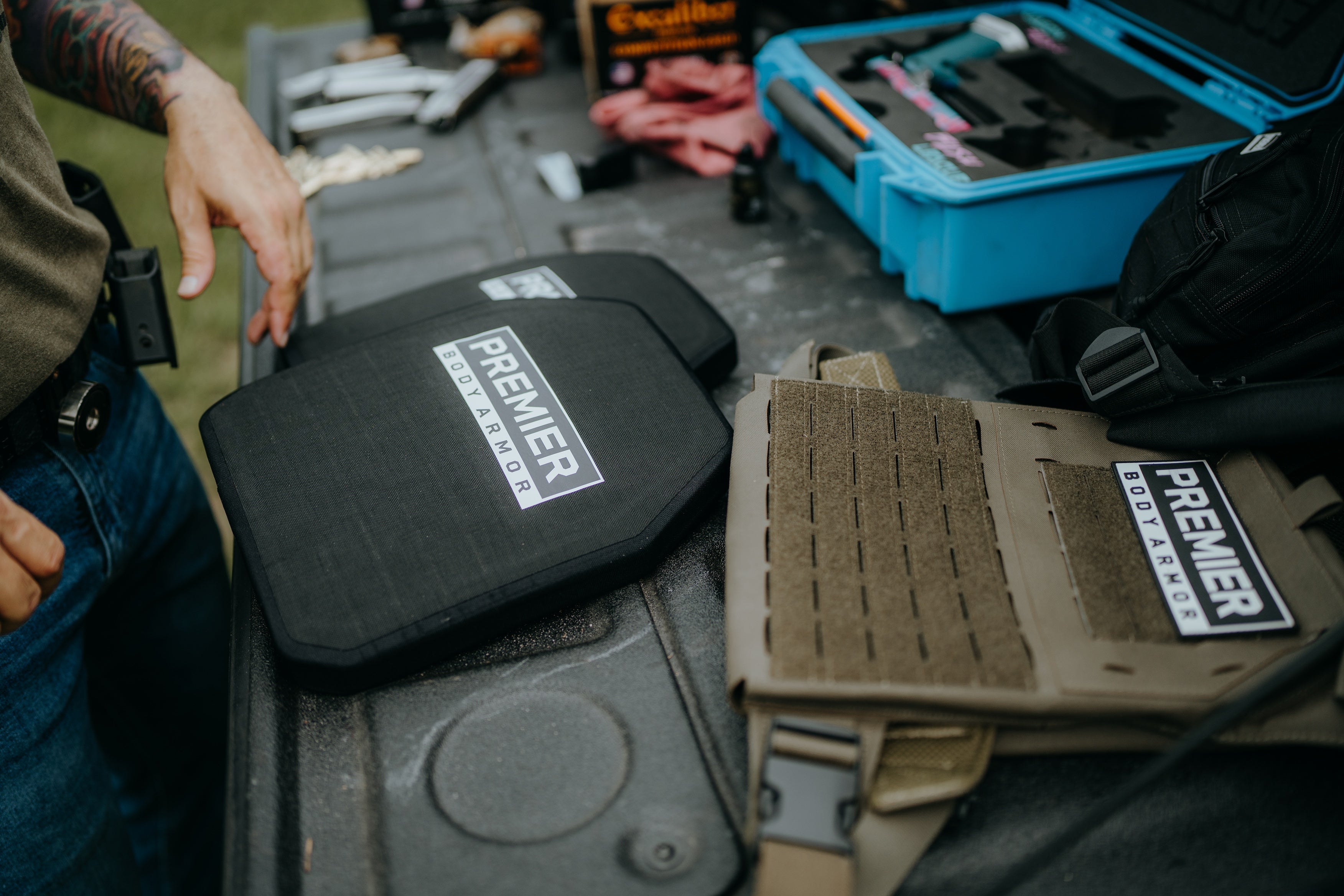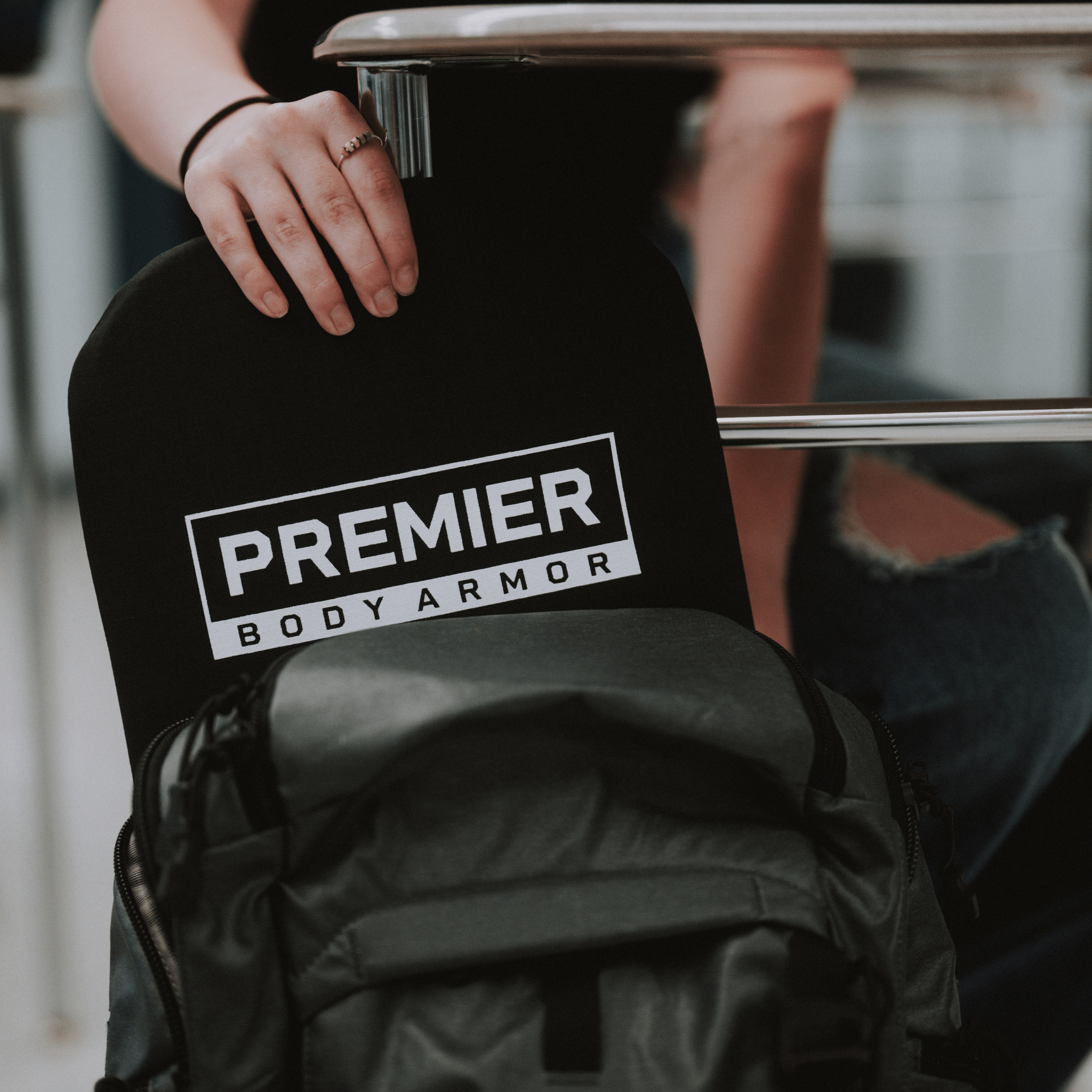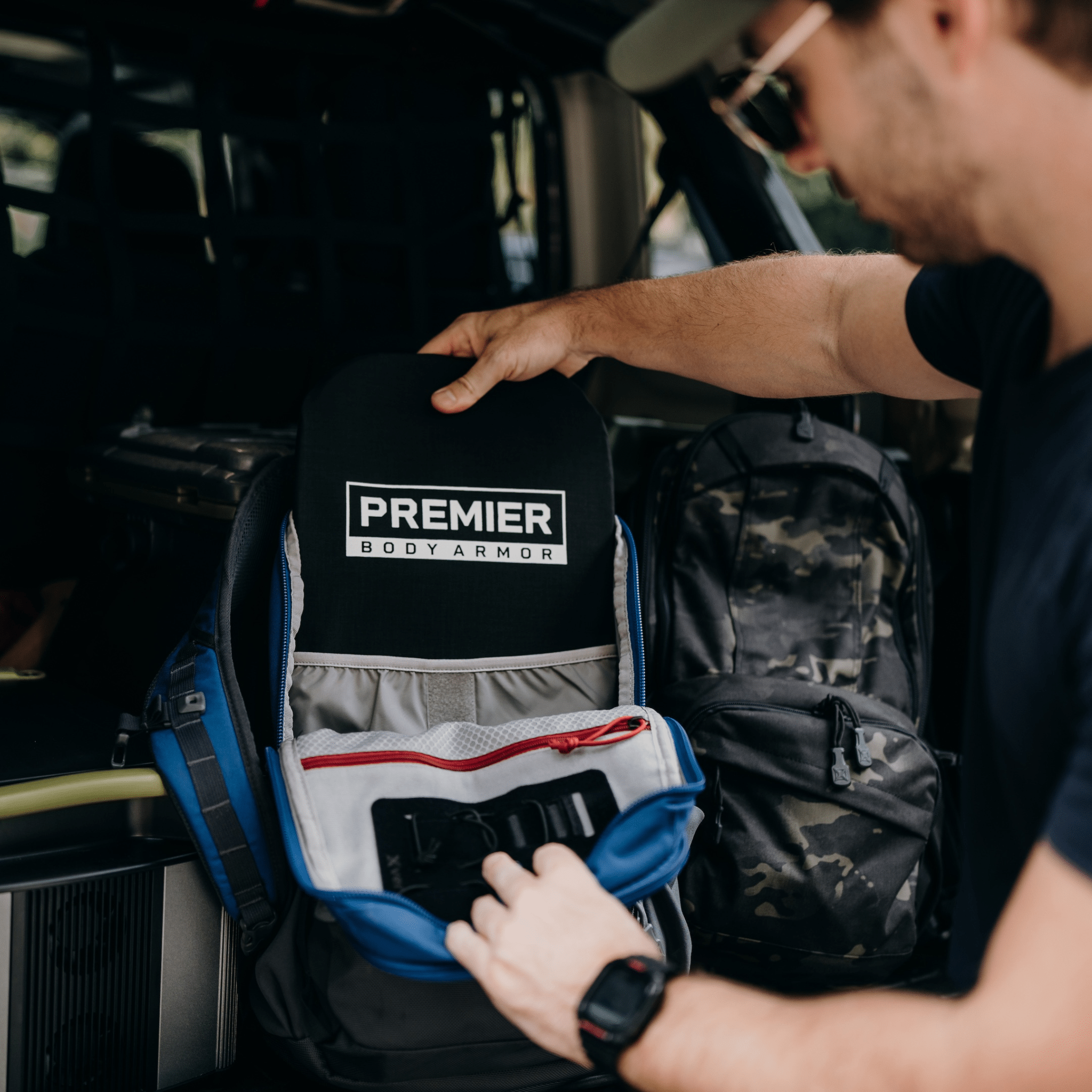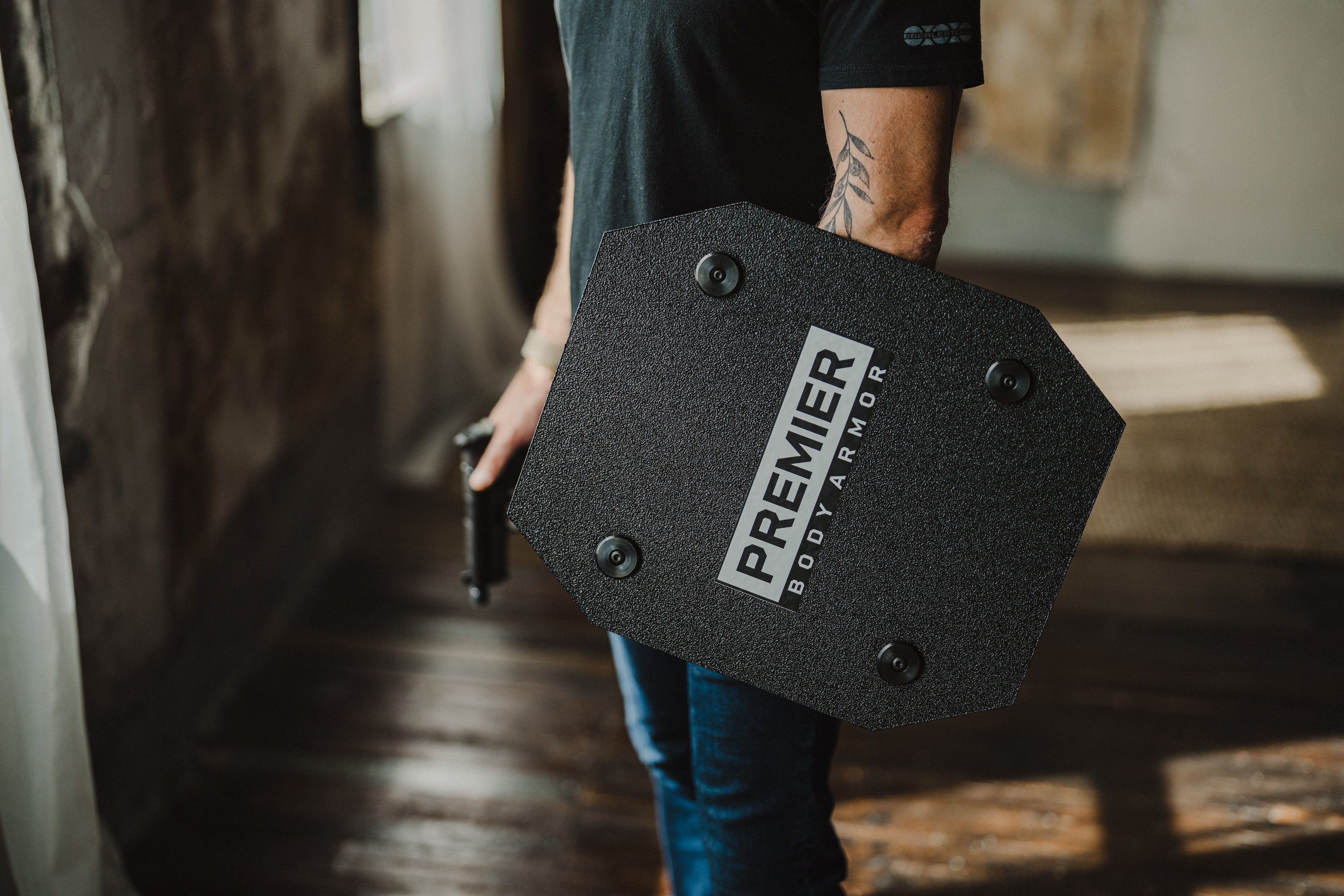Prepping for Disaster: How to Prepare for Any Emergency
Whether you are a parent, pet owner, individualist, or any combination of the above, you should ask yourself: “how can I best prepare for any disaster or emergency?” While the details vary based on the situation, the necessities always boil down to the same three items: clean water, shelf-stable food, and shelter from the elements.

Depending on the length of the emergency, some cases of water, a well-stocked pantry, and a sturdy dwelling may be enough to ride out the disaster. For extended events, however, careful planning and the right supplies will be necessary.
Disaster Prepping Basics
So what do you need to prepare for a disaster? What are the “right supplies?” This is basically prepping for beginners, so let’s start at the beginning. While the term prepper often makes people think of tactical clothing and well-stocked bunkers, the reality is much less glamorous. In an emergency situation you will literally live or die based on the availability of the basic necessities of life.
Do you have the ability to maintain a safe temperature in your living space? In warmer times or areas, you may need more water than usual to prevent dehydration as you sweat to keep cool. In cooler climates or seasons, the ability to generate heat to stave off hypothermia or frostbite may be crucial.
Speaking of generating heat: boiling is generally a safe way to purify water. Many methods exist, but if you’re making a fire anyway consider using that fire to supplement your clean water supply. If circumstances make it necessary to use a bug out bag, you will want to familiarize yourself with more compact, energy-efficient, and portable methods of water purification.
Shelter can become complicated quickly if you need to travel light and fast, but let’s assume you’ll be sheltering in place at your home for starters. If you have sturdy doors with deadbolts and an insulated dwelling you are most of the way there. However, be prepared to board up or barricade doors and windows if you become concerned by human threats as much as environmental ones.
Pre-Disaster Planning Steps
You will know what you need to do and what supplies or gear you will need to acquire after a few basic first steps:
- Formulate an emergency action plan
- Complete pre-emergency planning, such as assembling various bug out bags
- Make a family emergency plan (optional)
- Ensure all necessary supplies and planning lists are where they should be
It will be useful to assemble a bug out bag to support your plan. Every adult in the household should at minimum have a car bug out bag. This can be used to return home, to a location within your city, or natural landmark out in the country. After that, a consolidated family bug out bag can come into play. Your bug out bag should be configured in regards to your destination.
If you are going through a city to get home, or plan to rally at a point within your city, an urban bug out bag configuration is appropriate. If you plan to rough it out in nature, a bushcraft oriented bug out bag is what you’ll need. If you’re unfamiliar with the term, you may be asking yourself, “what is bushcraft?” Books and Youtube channels have been dedicated to the subject, but in brief it is the skills required to survive in nature. Think 24/7 camping.
Disaster Preparedness Supplies
In terms of specific disaster preparedness supplies, you will likely have a slightly different emergency supplies list depending on the bag type you are stocking. A car bug out bag checklist will look different from a family bug out bag, and an urban bug out bag will have different gear than a bushcraft bug out bag. However, any emergency supply bag should contain the following:
- Shelf stable food
- Medical supplies
- Primary and backup methods of water purification
- More than one way to make fire
- Spare batteries or powerbanks for flashlights and electronics
A bushcraft oriented bug out bag has its own set of equipment geared toward the outdoors. If you intend to “rough it” out in nature you'll need a bushcraft tools list and some dedicated bushcraft clothing. Things like knives, multi-tools, camp-making equipment, long pants to protect you from underbrush, and a wide-brimmed hat are the word here.
Whether you're a solo prepper or simply stocking a car bug out bag so you can get home, a M-FAK, or Mini First Aid Kit is an invaluable piece of gear. If you are part of a group, even better, since once everyone is together you will have plenty of supplies to address a wide variety of injuries. From chest wounds that compromise the integrity of the thoracic cavity to deep lacerations or gunshot wounds that cause an arterial bleed, the M-FAK has you covered.
For a family bug out bag, the Premier Body Armor Bleed Control Kit is a must as a supplement to the Mini First Aid Kits. It contains some redundant supplies and complements the M-FAK with an easy-to-use, ratchet style tourniquet, trauma shears, and an emergency blanket to help treat an injured person that may be going into shock.
Planning for Different Types of Disasters
Active Shooter
Priority number one during an active shooter situation is to stay alive and keep anyone under your care alive as well. Beyond that bedrock assumption, how you decide what to do during a shooting in progress will depend largely on how well equipped you are and the environment in which this particular type of emergency is taking place.
First, take stock of what you have and what you can do. Do you have a firearm? Do you have any sort of protective gear, such as backpack armor or bulletproof bag inserts? Are you well-trained enough to utilize whatever you have effectively and, most importantly, decisively? Be realistic, because your life and possibly other lives depend on how accurately you assess the capabilities of your equipment and yourself.
All that being said, if at any point you feel confident you can simply escape you should do so. On the other side of the coin, if you are armed and have the opportunity to stop the shooter without putting any bystanders at overt risk, you may understandably choose to do so.
Whether you are escaping or going on the offense, be sure to stay behind solid cover as much as possible.
Fire
A fire preparedness plan will most likely be greater in scope than a general disaster plan because the risk and need to evacuate further away is generally greater.
The American Red Cross and various government-run websites have good information about wildfire preparedness, and your local authorities will have suggestions more specific to your area.
Any fire disaster plan will presume an evacuation with timing and route as advised by local authorities, and include packing enough clothing, medical supplies, and comfort items for an extended timeframe, possibly a week or longer depending on the extent of the damage to the area.
Tornado
In the event of a tornado, a tornado evacuation plan should be your first line of defense. If you are unable to evacuate, however, the next best option would be a purpose-built tornado shelter on your property that is stocked with emergency supplies and a battery powered radio. The first step of your tornado emergency plan should be to get to your shelter.
If you do not have a shelter, but do have a basement or cellar, go there. Back up into the corner you believe to be the safest, relative to what rooms are above you, to minimize the risk of debris burying you if your house collapses. If you have no other options you can shelter in a bathtub, shower, or interior closet. Bring something bulky but not too heavy to place over you to absorb the impact and weight of any falling debris, such as couch cushions.
Flood
In the event of a flood, evacuation is the best course of action. If the flood waters rise before you can get away though, a flood disaster plan can make all the difference in survival.
While there are a number of specific things to do as part of a flood emergency plan, do not attempt to traverse moving water on foot, in a vehicle, or by swimming. It takes mere inches of water to sweep a person off their feet, a foot of water to float a vehicle, and any flowing water deep enough to swim in can only be safely traveled by boat.
If you are trapped in a building go to upper floors or the roof if possible. Avoid going in the water inside a building, as it may pose an electric shock hazard if any wires or fixtures are submerged.
Winter Storm
Knowing what to do during a winter storm starts and ends with warmth. You need food to burn calories to stay warm. You need enough insulation and/or fuel to keep your body and your home warm.
As you prepare your home for winter storms, plan to be without power. Do you have enough fuel or power sources for necessary lighting, heating, and possibly light cooking tasks? If you depend on a well with an electric pump, will you have enough water per person in the absence of electricity? These are all serious considerations to keep in mind for blizzard preparedness.
Most importantly, be sure if you are using a generator or other gas fueled power or heat source you are following its safety guidelines to avoid carbon monoxide poisoning. Many carbon monoxide detectors have a battery backup that will allow them to function during a power outage, so be sure to keep one nearby.
Explosion
Nuclear explosion preparedness deals with two possibilities: catastrophic failure of a nuclear power plant or an attack using a nuclear device. If you live near a nuclear power plant, their website will let you know if your home is within the area of danger should an incident occur.
General guidelines, such as how to shelter in place, how to prepare your home to minimize radiation exposure, evacuation routes, and other useful information can be found there. They will also tell you where to get potassium iodide and when you should take it.
A list of shelters and evacuation centers, including which one school age children will be taken to based on what school they attend, should be available in map form. In the event of a nuclear attack on a major population center near you many of the same guidelines and advice apply.
Be aware though that there may be more widespread breakdown of infrastructure, including but not limited to power and communications, so prepare accordingly.
Earthquake
Having an earthquake emergency plan in place before one happens is crucial because of how suddenly they can occur. Beyond planning, the first and most critical step to earthquake survival will be realizing and accepting what is happening.
In addition to cultivating a mindset of acceptance and quick action before a quake happens, earthquake preparedness also means minimizing risks within your home. If you live in an earthquake prone area, avoid putting large or heavy items up high where they may fall and injure you. Secure tall furniture, or any other objects prone to tipping, using anchors or kits found at home improvement stores or online.
During the quake, get under a sturdy piece of furniture that may protect you in the event of a building collapse. Move with the furniture if it starts to move or shift around the room.
Hurricane/Tropical Storm
Tropical storms and hurricanes, thankfully, come with some advance warning. When local authorities recommend evacuation you should follow preset routes and evacuation orders if you are able.
Develop a pre-hurricane checklist of things you need to do before you leave, such as boarding up windows, storing any loose items in the yard, and anchoring any large items that cannot be stored.
Preparing for a tropical storm or hurricane often overlaps with flood preparedness because storm surge is one of the biggest dangers. If you do not evacuate and find yourself contending with the worst a storm has to offer, your hurricane preparedness will really need to pay off.
You may also have to deal with ongoing power outage issues like those associated with winter storms.
Emergency and Disaster Planning Tips
There are many sources that can serve as a disaster or even everyday planning guide. Even someone completely new to prepping should have no problem creating a disaster plan.
If you live with family, or have children living at home yourself, you likely have already started an emergency plan for your home in the event of a house fire. Build on that as a foundation for further discussion about who should do what, supplies the household needs, and timetables for various tasks based on the disaster scenarios listed in this article.
If you, a housemate, or family member have a physical disability that may affect the ability to perform survival tasks, be sure to check with the resources mentioned below for adaptive solutions to common problems. Be sure to involve any children in planning, as appropriate, so that if the time comes you can work well as a team to survive as a family and gracefully manage any fear they may naturally feel.
Even if you aren’t sure what supplies you need for specific events, be sure to at least have your bases covered: food, water, and shelter. There are many long-term shelf-stable food options out there, from freeze-dried stuff packaged in buckets to military rations. Try a little of this and a little of that until you find something you think you could eat for multiple days in a row.
Likewise, water purification products come as drops, tablets, straws with filters built in and more. The key is to find things you can work with for multiple days that you can safely store until they’re needed.
Additional Emergency Preparedness Resources
Start by checking with local authorities for resources specific to disasters that may occur in your area, but also check out national level resources such as Ready.gov, FEMA.gov, The American Red Cross, and Stop the Bleed.
As an introductory exercise to practice prepping, try to assemble a 72 hour survival kit that will keep you alive and relatively comfortable during a wide variety of emergency types. There is often significant overlap in the supplies, equipment, and skills necessary to face various disasters, so assemble your kit for maximum versatility.
To riff on a popular quote often attributed to an anonymous Navy SEAL: “Under pressure, you don’t rise to the occasion, you sink to the level of your preparedness.” So prepare well, and give yourself every possible advantage. Your life, or the lives of the ones you love, may depend on it.










Leave a comment